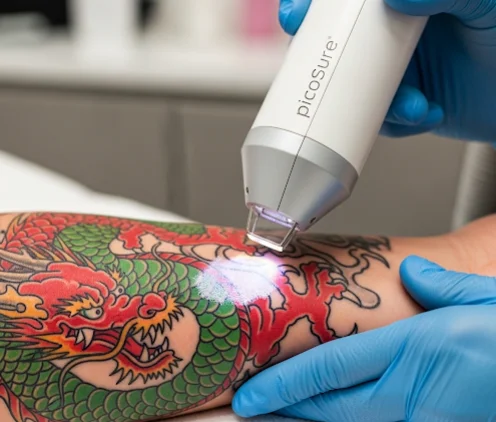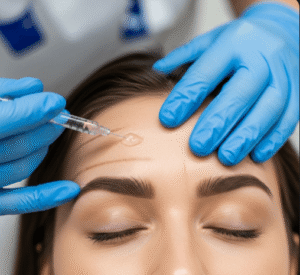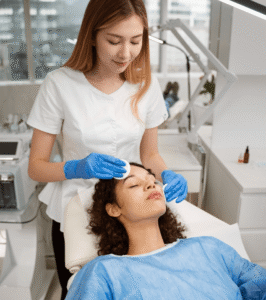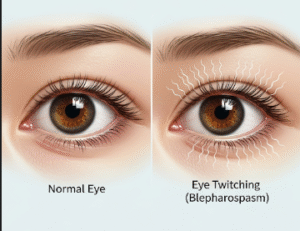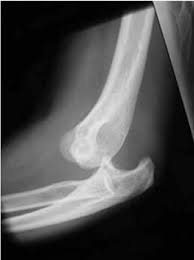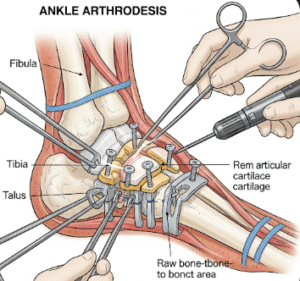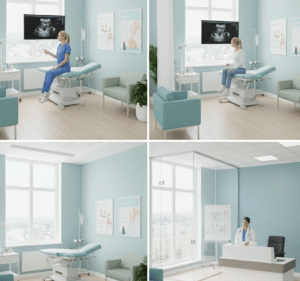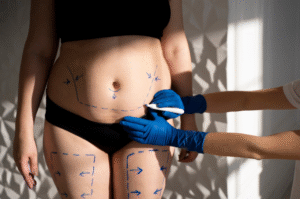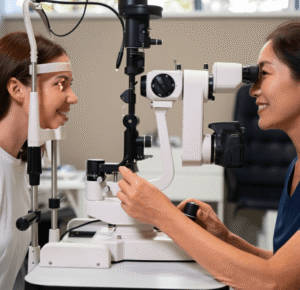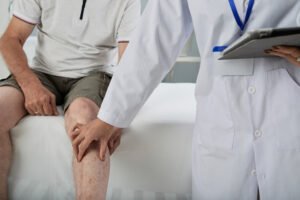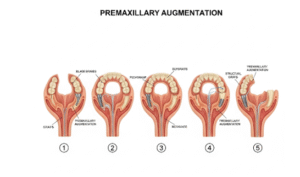What it is
Pico laser tattoo removal in Korea is an advanced form of skin and care treatment that uses ultra-short laser pulses measured in picoseconds (one trillionth of a second).
Unlike older nanosecond lasers, which break down ink particles gradually, pico technology shatters ink pigments into extremely fine particles that the body can eliminate more efficiently through natural processes.
→ The key difference lies in the speed and precision of the pulse. By delivering energy in such a short burst, the laser can target pigment without causing significant damage to the surrounding skin.
• This makes it a popular option in Korea, where skincare standards are high, and non-invasive yet highly effective treatments are widely sought.
• Pico laser is also versatile; aside from tattoo removal, it is often used for pigmentation, acne scars, and skin rejuvenation.
Why it’s done
People choose tattoo removal with Pico laser in Korea for many reasons:
→ Unwanted tattoos: Changes in lifestyle, career, or personal preferences often lead individuals to seek tattoo removal.
→ Fading for cover-up: Some want to lighten existing tattoos to make room for a new design.
→ Professional requirements: Tattoos can sometimes conflict with cultural or workplace expectations, especially in Korea where professional appearance can be a significant factor.
→ Improved skin safety: Pico laser treatments are considered safer than older removal techniques, such as dermabrasion, excision, or harsh chemical methods.
→ Aesthetic confidence: Removing tattoos can help individuals feel more comfortable and confident in their skin.
Alternatives
Although pico laser is the most advanced, there are alternative tattoo removal methods, each with its pros and cons:
• Q-switched lasers → An older technology that also targets tattoo pigments but requires more sessions and may be less effective on certain ink colors.
• Surgical excision → The tattooed skin is cut out and the wound stitched; suitable only for small tattoos but leaves scarring.
• Dermabrasion → Sanding down the skin to remove ink layers; rarely used now due to scarring and long recovery.
• Chemical peels or creams → Often marketed but not medically recommended, as they only affect the skin surface and cannot reach deep ink pigments.
• Saline tattoo removal → Uses a saline solution to lift pigments to the surface; more effective for cosmetic tattoos but less reliable for large, deep tattoos.
→ Compared to these, pico laser stands out because of its speed, minimal downtime, reduced risk of scarring, and ability to target multiple ink colors, including stubborn blue and green pigments.
Preparation
Proper preparation for tattoo removal with pico laser in Korea ensures better results and lower risks:
- Consultation → A dermatologist or laser specialist examines the tattoo’s size, color, depth, and skin type to estimate the number of sessions.
- Medical history → Patients are asked about medications, skin conditions, or any history of abnormal scarring.
- Avoid sun exposure → Tanned skin increases the risk of side effects; most clinics recommend avoiding sun for 2–4 weeks before treatment.
- Stop certain medications → Blood thinners or photosensitizing drugs may need to be paused under medical guidance.
- Clean skin → On the day of treatment, the tattoo area should be free from makeup, lotions, or oils.
→ Many Korean clinics also apply a topical numbing cream before the procedure to maximize comfort.
How it’s done
The pico tattoo removal process is relatively straightforward and done in outpatient clinics:
- Skin preparation → The area is cleaned and numbing cream applied (usually 30–40 minutes before the session).
- Laser application → The specialist directs the pico laser at the tattoo. The laser energy penetrates the skin and shatters ink particles without damaging surrounding tissue.
- Multiple passes → Depending on the tattoo’s size and color, several passes may be performed in one session.
- Cooling → A cooling device or ice pack is used to minimize discomfort and redness.
- Aftercare application → Soothing ointments or bandages may be applied to protect the treated area.
→ Each session lasts 15 to 45 minutes depending on tattoo size.
→ Most tattoos require 5–10 sessions spaced 6–8 weeks apart for significant fading or complete removal.
Recovery
Recovery after pico tattoo removal in Korea is usually smoother than with older methods, but proper care is still essential:
• Immediate reaction → Redness, swelling, and slight whitening (frosting) of the tattooed area are normal and usually fade within a few hours to days.
• Mild scabbing → The skin may form small scabs or crusts; patients must avoid scratching to prevent scarring.
• Sun protection → The treated area must be kept out of direct sunlight and covered with sunscreen (SPF 50+).
• Moisturization → Applying a recommended healing ointment prevents dryness and irritation.
• No harsh activities → Avoid hot baths, saunas, or heavy sweating for 2–3 days post-treatment.
→ Most people resume daily activities right away, but the skin may remain sensitive for several weeks.
→ Proper aftercare significantly improves results and reduces side effects.
Complication
Although pico laser tattoo removal is safe, some complications can still occur:
- Skin discoloration → Temporary hyperpigmentation (darkening) or hypopigmentation (lightening) may occur, especially in darker skin tones.
- Blistering → Small blisters may form but usually heal without scars.
- Scarring → Rare, but improper aftercare or scratching can lead to permanent marks.
- Allergic reactions → In rare cases, breakdown of tattoo ink releases allergens into the skin, causing rashes or swelling.
- Incomplete removal → Some pigments, especially white, yellow, or fluorescent colors, are more resistant.
→ With Korea’s advanced dermatology clinics and highly trained specialists, these risks are minimized, but patients must strictly follow aftercare instructions.
Treatment option in Korea
Korea is renowned for cutting-edge skin treatments, and pico tattoo removal is offered widely in dermatology centers and cosmetic clinics.
→ Seoul-based clinics in areas like Gangnam, Apgujeong, and Myeongdong are particularly famous for advanced laser treatments.
→ Popular pico systems in Korea include PicoSure, PicoWay, and Discovery Pico, which are FDA-approved and globally recognized.
• Combination treatments → Many Korean dermatologists combine pico laser with fractional lasers or skin-healing boosters to enhance recovery and skin smoothness.
• Expertise → Korean specialists are globally respected for precision and experience in handling various skin tones and tattoo colors.
• Aftercare culture → Unlike many countries, Korea emphasizes follow-up skincare, often providing LED healing therapy, cooling masks, and professional guidance after each session.
• Medical tourism → Korea attracts international patients for tattoo removal due to its reputation in dermatology. Many clinics offer multilingual services, personalized treatment plans, and coordination for overseas clients.
→ With continuous advancements, Korea remains a leader in pico tattoo removal, offering reliable results with minimized discomfort and downtime.

